Equipment
Professional club builders and chefs have more in common than you think
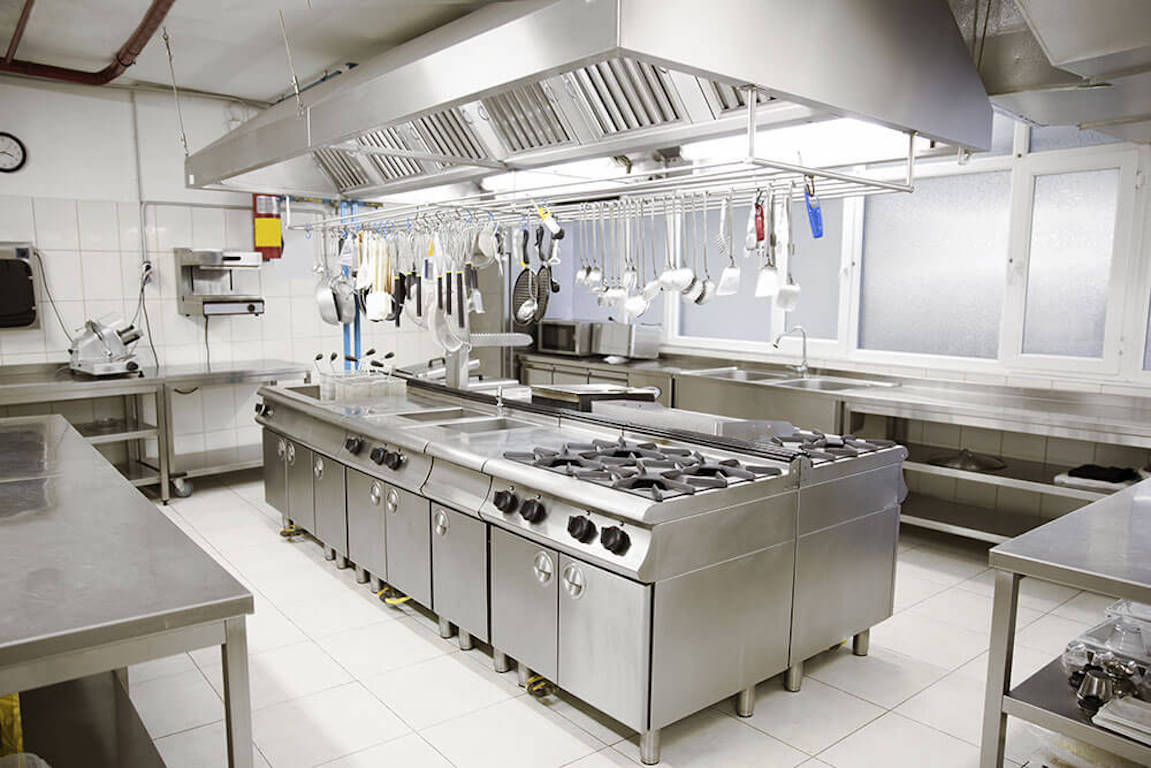
I’ve been building clubs for close to 20 years, and I get a lot of questions about what it means to be a professional club builder and run a build shop. It’s a lot different than being a hobbyist who does a few repairs or has put together a club or two in their garage—similar to how a regular home cook is not a trained chef. But please note, like many, I started off as a hobby builder myself!
Now, it’s not to say that you can’t become a professional chef without proper training. In fact, many of the best chefs I know have worked from the ground up with no formal training but have put many years into their craft to get where they are today.
So how does all this cooking talk relate back to club building? Although the mediums are very different, the processes to create the final products are more similar than you might think, and at the end of the day, the goal is the same—deliver a great product over and over again.
The starting point – Good ingredients
Building a set of clubs and creating a great dish is all about working with raw ingredients, and for golf clubs that means using high-quality components with tight tolerances. Sourcing from manufacturers that offer tight specs and components to properly assemble (if required), is like buying your vegetables from a local farmer. You know where they come from, you know how they were produced, and you know where to go if you have an issue.
Quality will always come with a price—tighter tolerances, and fresh ingredients might be a bit more expensive, but you will always get out of a meal or set of clubs what you put in. If you want an end product you are truly going to enjoy, professional chefs, just like club builders, are going to go to the end of the earth to search out the best ingredients for the dish they plan to create.
Prep work – Knowing your recipe
This is the boring part, always has and always will be. It’s about washing the veggies, chopping to size, organizing into portions, and storing until it’s time to cook.

For club builders, this is the make-or-break time of building a set—it’s making sure you have weighed out all of the components, sorted and organized, and spotted any potential issues with what you are working with and making a correction. For clubheads, that means taking into account the required build specs and adjusting head weight accordingly—no different to making a dish ordered spicy rather than mild—you better get it right or it’s coming back.
Once you have taken all the steps to get your ingredients/components prepped to make your dish according to the recipe/specs, we move onto the next process of putting everything together. If you have followed all the appropriate steps to this point, whether you’re a club builder or a chef, this is one of the fastest parts of the process.
For clubs, once the epoxy has been mixed, it takes as little as 15 minutes to actually assemble a 14-piece set, for a chef it’s similar. The dish comes together in the pan with pre-organized and portioned out ingredients and boom – you have a fully cooked dish in a matter of minutes. No chef starts peeling potatoes when an order is placed.
Work area – cleanliness & organization

This is where I draw a direct comparison, from a chef in their kitchen to a club builder – a clean and organized workspace, to me is the greatest sign of a professional. If you have ever walked into a restaurant with an open kitchen concept, it inspires confidence to see clean counters, organized utensils, and a work area organized and ready for action – if you see a dirty kitchen or a health inspection notice on the door – good chance you’re not stopping to eat.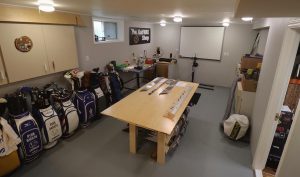
A build shop should be no different—counters should be tidy, tools should be clean and well maintained for safety as well as precision, and components along with small parts should be organized and quickly accessible at all times. It should be considered a source of pride to maintain a clean workspace as much as it is to deliver a well-built set of clubs or a perfect dish, I have never trusted a messy club builder.
Final preparation
You can do everything right to this point, both as a chef or as a club builder, but if the presentation isn’t right then the customer isn’t likely to be happy—nor should they.
With food that final step means platings—and there is a big difference between a discount $5 buffet and a farm to table chef-inspired tasting menu—it doesn’t take a keen eye to spot the difference.
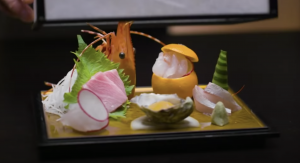
As for clubs, it’s the little things, many of which won’t be noticed by the naked eye or at first glance: lies and lofts, the number of tape wraps under a grip, or swing weight. Those are all things that a golfer must trust was done correctly by their builder. The other part is what can be seen, just like meal plating—no bend marks on hosels, grips on straight, and last but not least, the ferrules turned down properly.
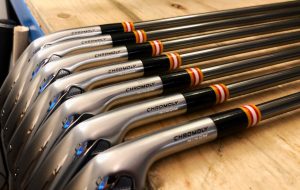
This is my biggest sticking point, because if a club builder isn’t willing to take the time to properly finish one of the most noticeable parts on a club, the ferrules, what else have they potentially skipped out on? Can you trust the lies and loft are right? Can you trust the grips are on correctly with the right amount of tape? Did they even take the time to do the proper prep work?
Any true professional in a skilled trade, whether it be a club builder or chef, should always take pride in their work, and to be considered proper professionals they should also act accordingly, with attention to detail, and the goal of creating a delicious meal or well built set of clubs at the end of the day.
With that in mind, I present to you my finest meal plating…
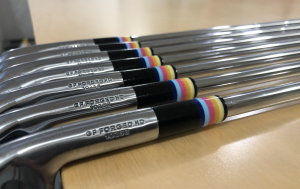
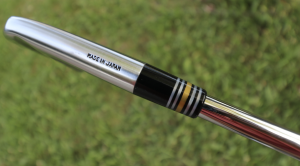
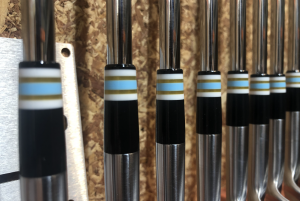
- LIKE60
- LEGIT8
- WOW3
- LOL1
- IDHT0
- FLOP1
- OB0
- SHANK10
Equipment
Coolest thing for sale in the GolfWRX Classifieds (4/18/24): Ping PLD Limited Anser – 1988 Open Championship – #2 of only 88 Made
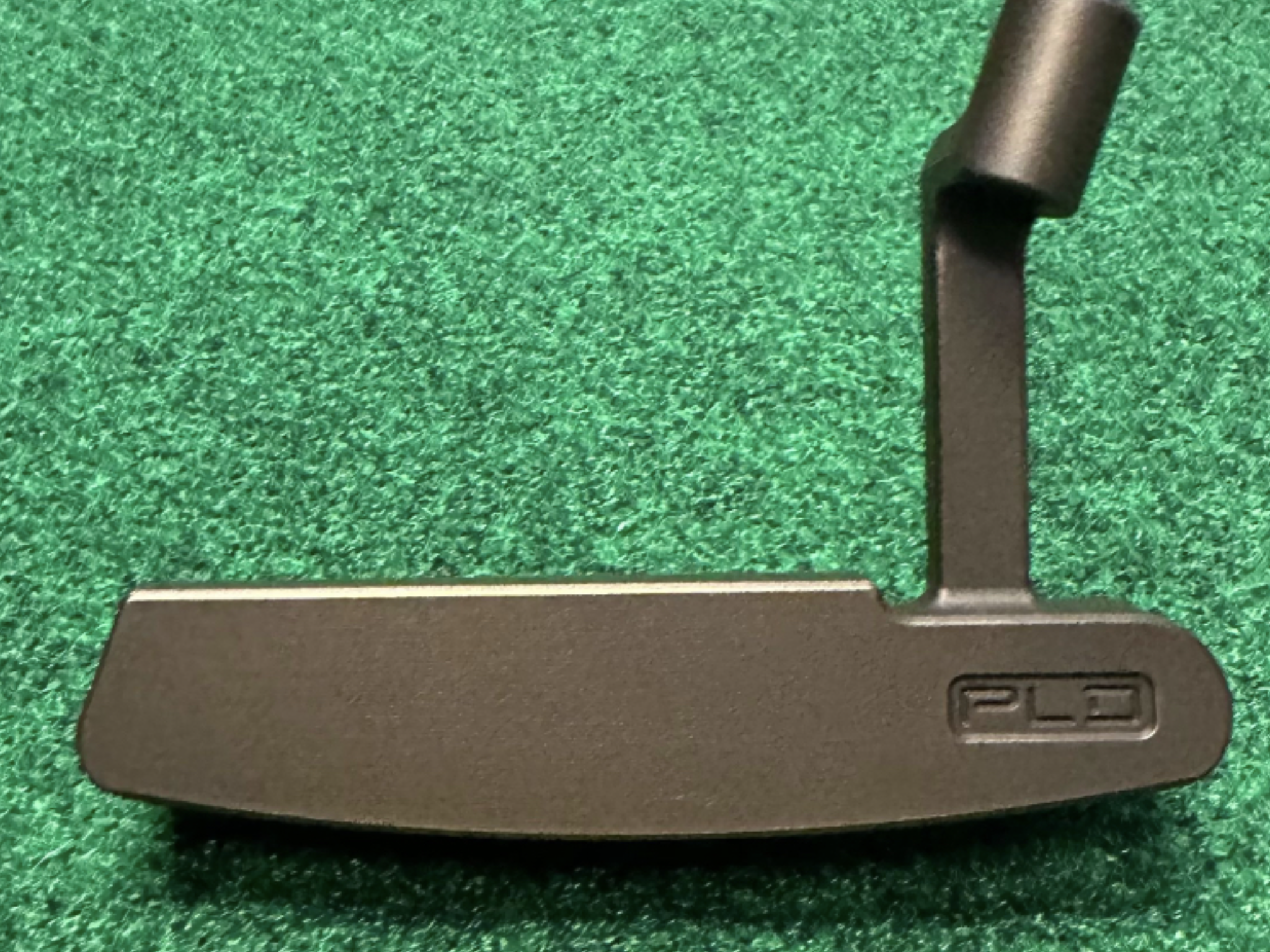
At GolfWRX, we are a community of like-minded individuals that all experience and express our enjoyment of the game in many ways.
It’s that sense of community that drives day-to-day interactions in the forums on topics that range from best driver to what marker you use to mark your ball. It even allows us to share another thing we all love – buying and selling equipment.
Currently, in our GolfWRX buy/sell/trade (BST) forum, there is a listing for a Ping PLD Limited Anser – 1988 Open Championship – #2 of only 88 Made.
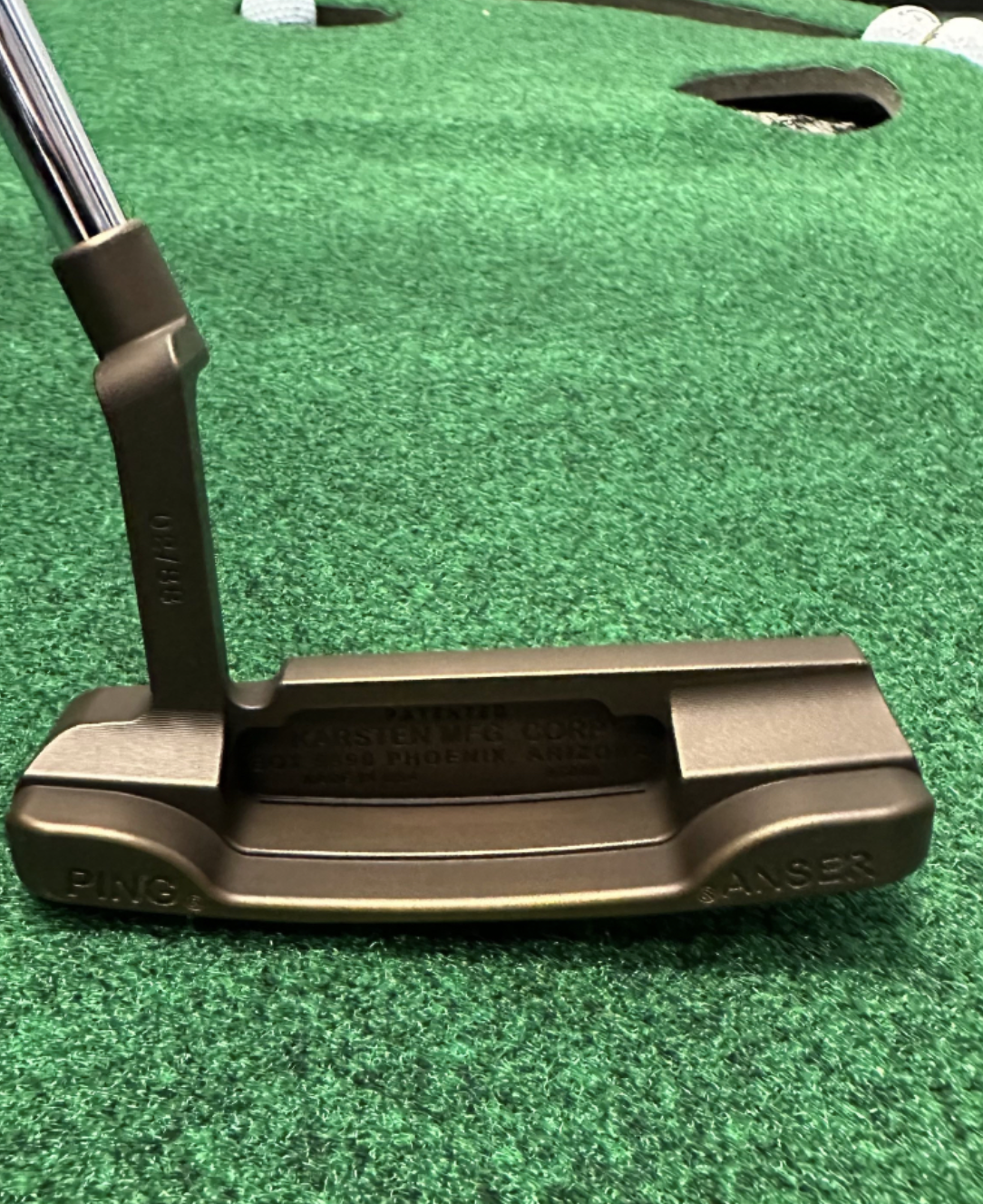
From the seller: (@DLong72): “Ping PLD Limited Anser – 1988 Open Championship – #2 of only 88 Made. ?: $1150. ?? 100% milled collectors item from the limited releases commemorating when Ping putters won every major in 1988 (88 putters made). This was the model Seve Ballesteros used to win the 1988 Open Championship. Condition is brand new, never gamed, everything is in the original packaging as it came. Putter features the iconic sound slot.
Specs/ Additional Details
-100% Milled, Aluminum/Bronze Alloy (310g)
-Original Anser Design
-PING PP58 Grip
-Putter is built to standard specs.”
To check out the full listing in our BST forum, head through the link: Ping PLD Limited Anser – 1988 Open Championship – #2 of only 88 Made
This is the most impressive current listing from the GolfWRX BST, and if you are curious about the rules to participate in the BST Forum you can check them out here: GolfWRX BST Rules
- LIKE1
- LEGIT0
- WOW0
- LOL0
- IDHT0
- FLOP0
- OB0
- SHANK0
Equipment
Inside Collin Morikawa’s recent golf ball, driver, 3-wood, and “Proto” iron changes
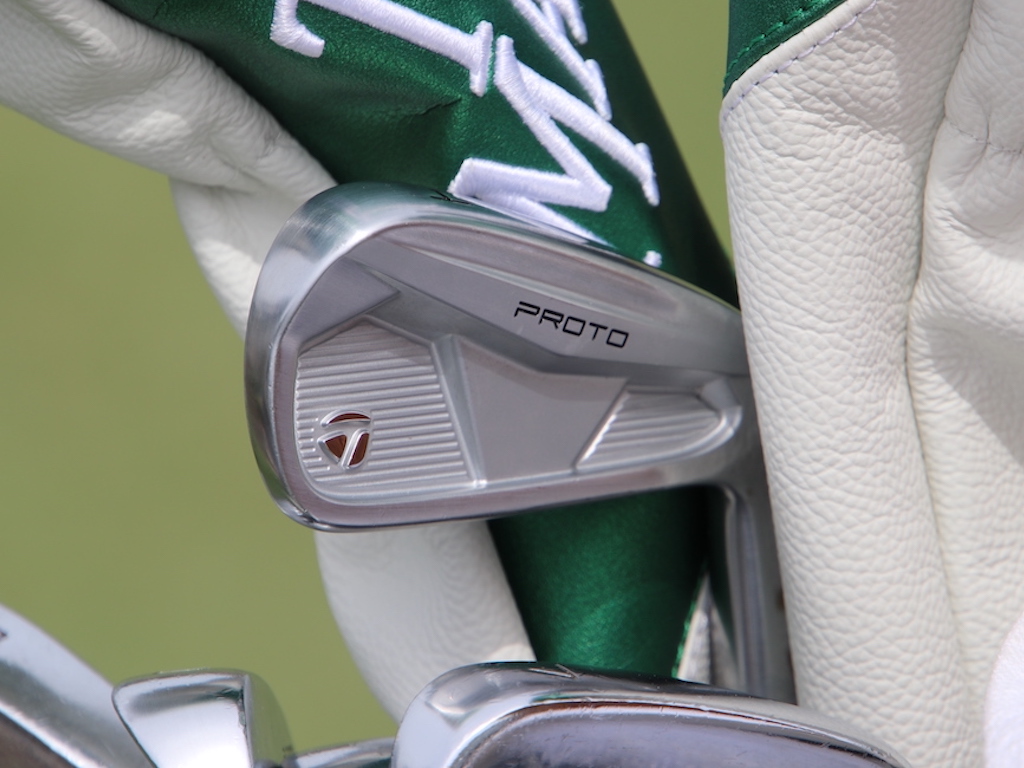
As you probably know by now, Collin Morikawa switched putters after the first round of The Masters, and he ultimately went on to finish T3.
The putter was far from the only change he made last week, however, and his bag is continuing to change this week at the 2024 RBC Heritage.
On the range of The Masters, Morikawa worked closely with Adrian Reitveld, TaylorMade’s Senior Manager of Tour at TaylorMade, to find the perfect driver and 3-wood setups.
Morikawa started off 2024 by switching into TaylorMade’s Qi10 Max driver, but since went back to his faithful TaylorMade SIM – yes, the original SIM from 2020. Somehow, some way, it seems Morikawa always ends up back in that driver, which he used to win the 2020 PGA Championship, and the 2021 Open Championship.
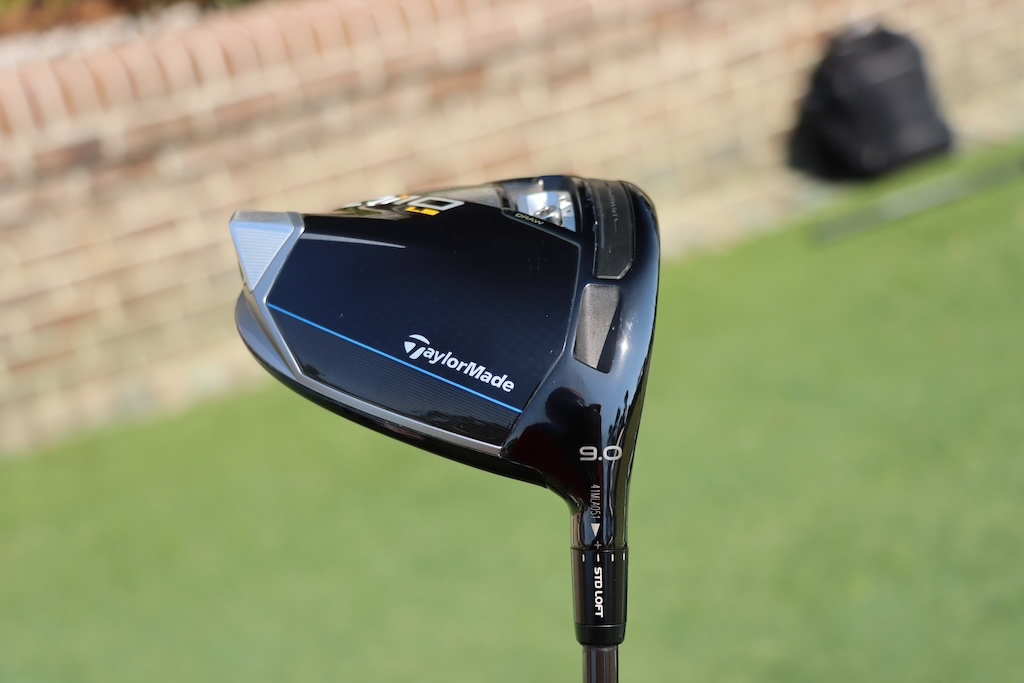
At The Masters, however, Rietveld said the duo found the driver head that allowed “zero compromise” on Morikawa’s preferred fade flight and spin. To match his preferences, they landed on a TaylorMade Qi10 LS 9-degree head, and the lie angle is a touch flatter than his former SIM.
“It’s faster than his gamer, and I think what we found is it fits his desired shot shape, with zero compromise” Rietveld told GolfWRX.com on Wednesday at the RBC Heritage.
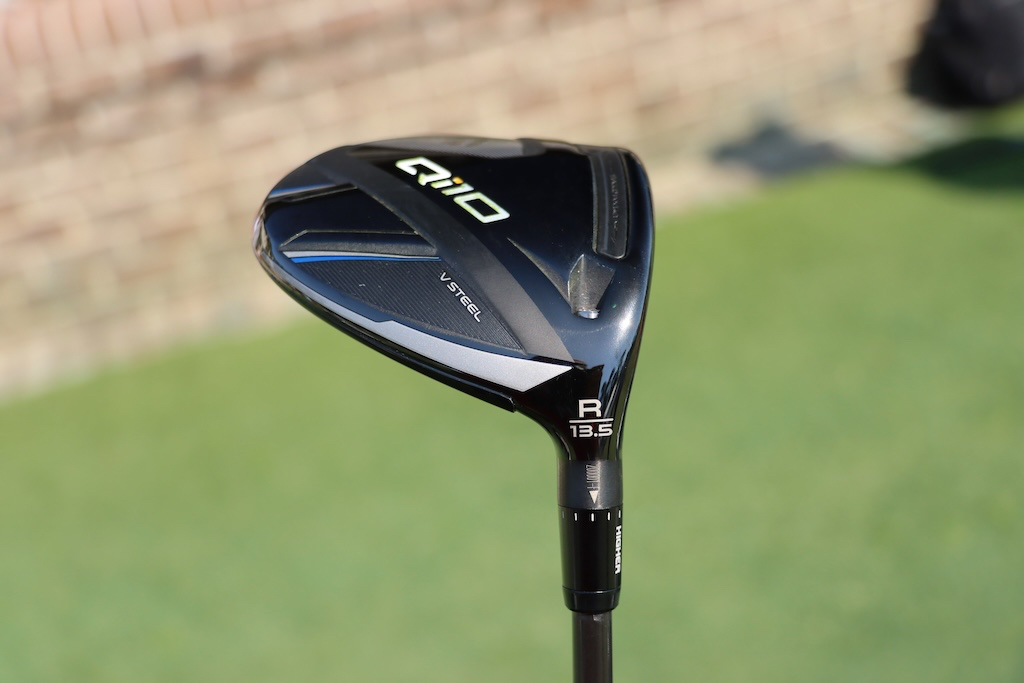
Then, to replace his former SIM rocket 3-wood, Morikawa decided to switch into the TaylorMade Qi10 core model 13.5-degree rocket head, with an adjustable hosel.
“He likes the spin characteristics of that head,” Rietveld said. “Now he’s interesting because with Collin, you can turn up at a tournament, and you look at his 3-wood, and he’s changed the setting. One day there’s more loft on it, one day there’s less loft on it. He’s that type of guy. He’s not scared to use the adjustability of the club.
“And I think he felt our titanium head didn’t spin as low as his original SIM. So we did some work with the other head, just because he liked the feel of it. It was a little high launching, so we fit him into something with less loft. It’s a naughty little piece of equipment.”

In addition to the driver and fairway wood changes, Morikawa also debuted his new “MySymbol” jersey No. 5 TP5x golf ball at The Masters. Morikawa’s choice of symbols is likely tied to his love of the Los Angeles Dodgers baseball team.
Not enough changes for you? There’s one more.

On Wednesday at the 2024 RBC Heritage, Morikawa was spotted with a new TaylorMade “Proto” 4-iron in the bag. If you recall, it’s the same model that Rory McIlroy debuted at the 2024 Valero Texas Open.
According to Morikawa, the new Proto 4-iron will replace his old P-770 hollow-bodied 4-iron.
“I used to hit my P-770 on a string, but sometimes the distance would be a little unpredictable,” Morikawa told GolfWRX.com. “This one launches a touch higher, and I feel I can predict the distance better. I know Rory replaced his P-760 with it. I’m liking it so far.”
See Morikawa’s full WITB from the 2024 RBC Heritage here.
- LIKE28
- LEGIT3
- WOW2
- LOL4
- IDHT2
- FLOP3
- OB3
- SHANK3
Equipment
Why Rory McIlroy will likely use the new TaylorMade BRNR Mini Driver Copper at the RBC Heritage
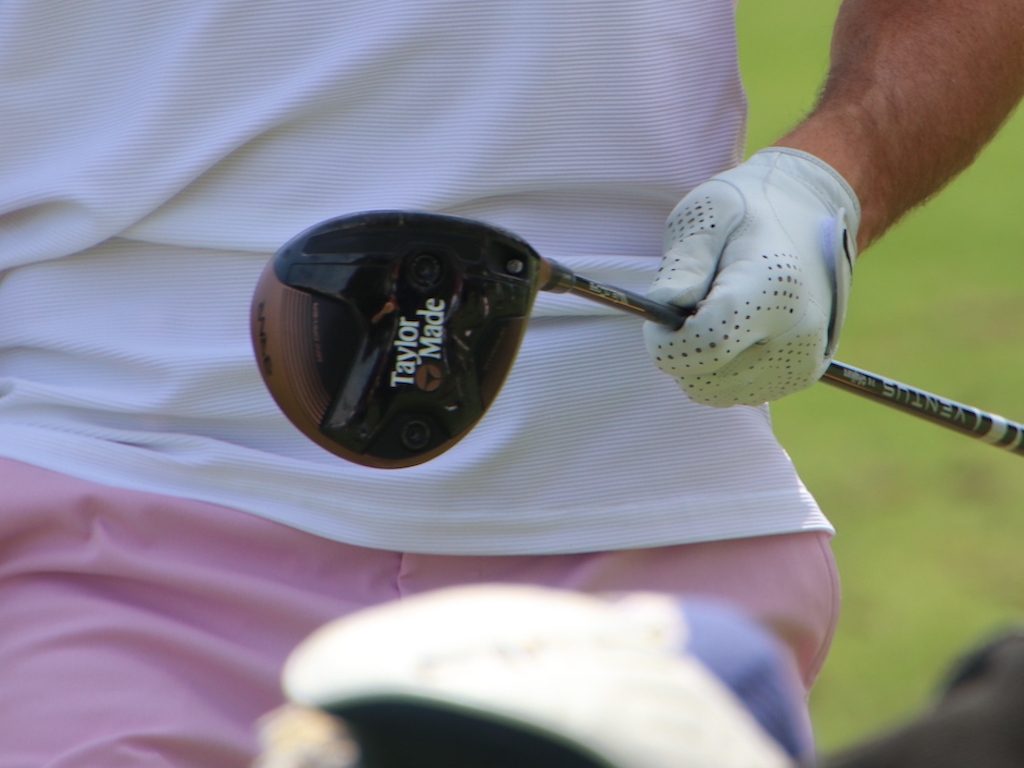
Although we spotted Rory McIlroy testing the new TaylorMade BRNR Mini Driver Copper last week during practice rounds at the Masters, he ultimately didn’t decide to use the club in competition.
It seems that will change this week at the 2024 RBC Heritage, played at the short-and-tight Harbour Town Golf Links in Hilton Head.
When asked on Wednesday following his morning Pro-Am if he’d be using the new, nostalgic BRNR Copper this week, McIlroy said, “I think so.”
“I like it,” McIlroy told GolfWRX.com on Tuesday regarding the BRNR. “This would be a good week for it.”
View this post on Instagram
According to Adrian Rietveld, the Senior Manager of Tour at TaylorMade, the BRNR Mini Driver can help McIlroy position himself properly off the tee at the tight layout.

Here’s what Rietveld told GolfWRX.com on Wednesday:
“For someone like Rory, who’s that long at the top end of the bag, and then you put him on a course like Harbour Town, it’s tough off the tee. It’s tight into the greens, and you have to put yourself in position off the tee to have a shot into the green. It kind of reminds me of Valderrama in Spain, where you can be in the fairway and have no shot into the green.
“I’m caddying for Tommy [Fleetwood] this week, so I was walking the course last night and looking at a few things. There’s just such a small margin for error. You can be standing in the fairway at 300 yards and have a shot, but at 320 you don’t. So if you don’t hit a perfect shot, you could be stuck behind a tree. And then if you’re back at 280, it might be a really tough shot into the small greens.
“So for Rory [with the BRNR], it’s a nice course-specific golf club for him. He’s got both shots with it; he can move it right-to-left or left-to-right. And the main thing about this club has been the accuracy and the dispersion with it. I mean, it’s been amazing for Tommy.
“This was the first event Tommy used a BRNR last year, and I remember talking to him about it, and he said he couldn’t wait to play it at Augusta next year. And he just never took it out of the bag because he’s so comfortable with it, and hitting it off the deck.
“So you look at Rory, and you want to have the tools working to your advantage out here, and the driver could hand-cuff him a bit with all of the shots you’d have to manufacture.”
So, although McIlroy might not be making a permanent switch into the new TaylorMade BRNR Mini Driver Copper, he’s likely to switch into it this week.
His version is lofted at 13.5 degrees, and equipped with a Fujikura Ventus Black 7X shaft.
See more photos of Rory testing the BRNR Mini here
- LIKE25
- LEGIT2
- WOW0
- LOL2
- IDHT0
- FLOP0
- OB1
- SHANK3
-

 19th Hole1 week ago
19th Hole1 week agoDave Portnoy places monstrous outright bet for the 2024 Masters
-

 19th Hole3 weeks ago
19th Hole3 weeks agoThings got heated at the Houston Open between Tony Finau and Alejandro Tosti. Here’s why
-

 19th Hole1 week ago
19th Hole1 week agoTiger Woods arrives at 2024 Masters equipped with a putter that may surprise you
-

 19th Hole2 weeks ago
19th Hole2 weeks agoReport: Tiger Woods has ‘eliminated sex’ in preparation for the 2024 Masters
-

 19th Hole4 days ago
19th Hole4 days agoTwo star names reportedly blanked Jon Rahm all week at the Masters
-

 19th Hole4 days ago
19th Hole4 days agoNeal Shipley presser ends in awkward fashion after reporter claims Tiger handed him note on 8th fairway
-

 19th Hole3 days ago
19th Hole3 days agoReport: LIV Golf identifies latest star name they hope to sign to breakaway tour
-

 19th Hole2 weeks ago
19th Hole2 weeks agoAddiction, spinal fusion, and scam artists – Everything Anthony Kim revealed in candid interview with David Feherty

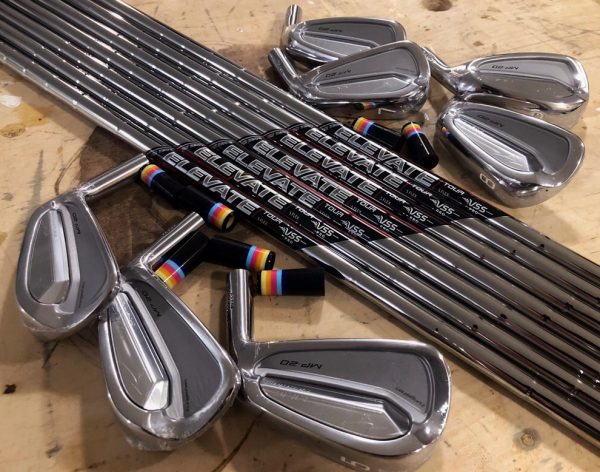

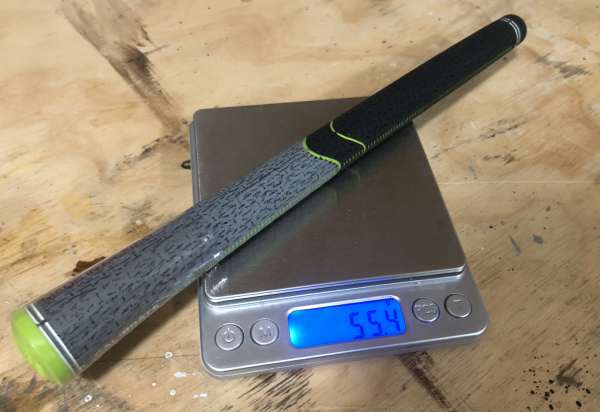
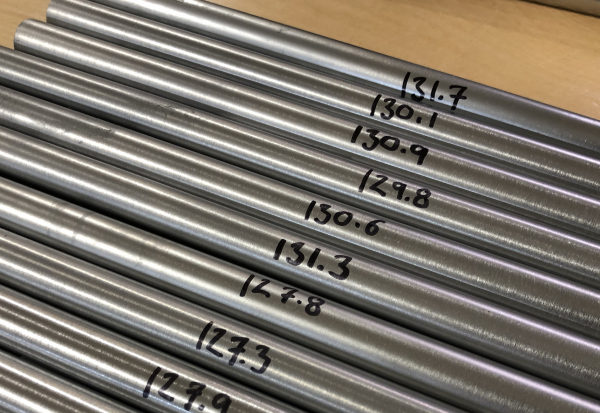



























Pingback: From Sunday bags to club fitting: My favorite pieces of 2020 – GolfWRX
Michael
Jul 31, 2020 at 10:23 am
Where is the best place to get foundational education to become a club builder? Thanks for your time and the great article.
Jonathan Weaver
Jul 30, 2020 at 8:14 pm
Someone is loving the Boyd’s!
C
Jul 30, 2020 at 7:14 am
Ferrule. I loathe that word as an amateur club builder.
Veo Robert
Jul 29, 2020 at 4:37 pm
Hi Ryan, I’m a professional chef in Boston and an aspiring club tinkerer, not gonna call myself a club builder, however i would like to be able to do so one day. You speak like someone who’s cooked professionally, i wouldn’t be surprised if you have. How true it is to be organized, meticulous and clean throughout the process of cooking, very well said in this matter. This article gives me great joy and hope that one day i can navigate the wonderful of golf equipment to be able to call myself a club builder. Thank you and keep up the great work. PS: get in touch if you ever in Boston, would love to treat you to a good meal, and maybe play a round.
Ryan Barath
Jul 29, 2020 at 9:58 pm
Thanks for the kind words.
I am by no means a chef but do a lot of home cooking as well as have a number of friends in the industry that are true chefs. I spent a few years in the restaurant business doing craft beer sales and spent a lot of time in restaurants – the absolutely great ones are easy to spot if you’ve walked about a kitchen – clean, organized, and ready for action. It was how I was able to draw such a parallel for this piece.